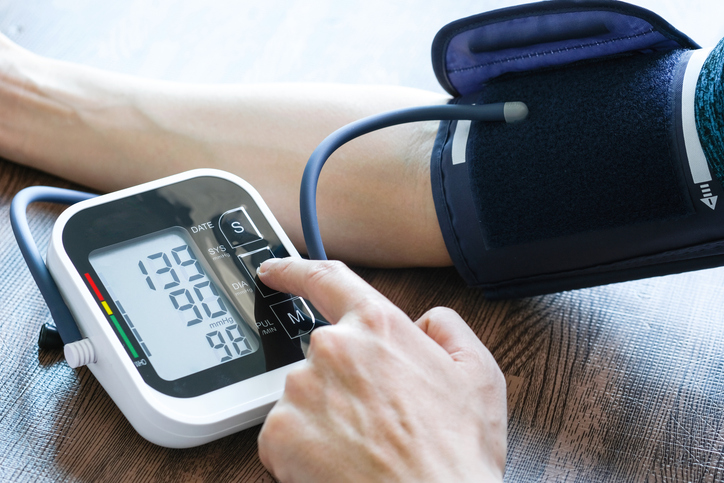
The 6th annual Kidney Action Week, hosted by the American Kidney Fund (AKF), continued March 5, 2025. Wednesday’s educational sessions included Managing Resistant High Blood Pressure in Chronic Kidney Disease Patients, sponsored by AstraZeneca and Boehringer Ingelheim. The session featured Swapnil Hiremath, MD, MPH, and Jordana (Jordy) Cohen, MD, and was moderated by Mike Spigler, the AKF’s vice president of patient support and education.
The topic is critical, as Dr. Hiremath suggested, because lowering BP can help prevent consequences downstream. However, he lamented, “Doctors are terrible at measuring blood pressure, in general.”
Optimizing BP Measurement
Problems with measuring BP, both in the clinic and at home, are pervasive. Not following the correct steps, Dr. Cohen said, can lead to overly high or low readings, and thus overtreatment or undertreatment. Even a reading that is off by only 5 mm Hg can reclassify a patient’s BP status and affect what medications they receive.
To ensure more accurate BP readings, Dr. Cohen suggested using an automated device for home measurements, rather than a manual one, and choosing a device that is validated for accuracy. She also emphasized the importance of correct cuff size and placement, proper body positioning, having an empty bladder, and taking readings in a calm setting.
Accurate home measurement is crucial, particularly because of the potential for masked hypertension, in which BP readings are normal in the clinic but are consistently elevated at home. In contrast, white-coat hypertension, in which readings are only elevated in the clinic setting, may be caused by factors such as the stress of an office visit. White-coat hypertension may not be associated with longer-term risk, but it requires accurate at-home BP monitoring, just as masked hypertension does.
Solutions to Resistant Hypertension
Resistant hypertension, which Dr. Hiremath defined as BP that will not drop below 130/80 mm Hg despite the use of 3 or more BP-lowering drugs, may point to deeper issues, such as hormonal abnormalities. Physicians must be diligent about investigating its underlying causes.
Although medication is the leading component of treatment for elevated BP, other tools are available. Although they may not be as glamorous as other therapies, Dr. Hiremath noted that lifestyle changes continue to play a prominent role in lowering BP, although he admitted they are “easy to say, hard to fix.” Sodium control, while critical for BP reduction, is just one option in the toolbox for resistant hypertension, he pointed out, along with flozins, glucagon-like peptide-1 receptor agonists, and medical devices.
Some websites and physicians steer patients away from drugs that reduce BP, Dr. Cohen noted, fearing that they are harmful to the kidneys. Although there are exceptions, the need for BP control often supersedes such concerns. The onset of advanced kidney disease complicates medication management of BP, Dr. Hiremath admitted, but that does not preclude it from being an option. Rather, it is important for clinicians to understand the potential for adverse effects to make informed treatment decisions.
It is critical, Dr. Cohen said, that patients find a primary care provider or nephrologist who understands the importance of BP management with kidney disease. The recent focus on the interplay of kidney disease, heart disease, and diabetes emphasizes just how complex and intertwined their treatment is.
Kidney Action Week will continue through March 7.

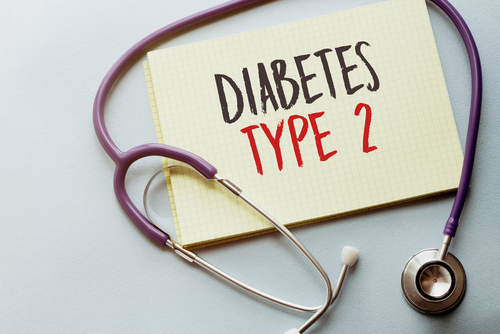

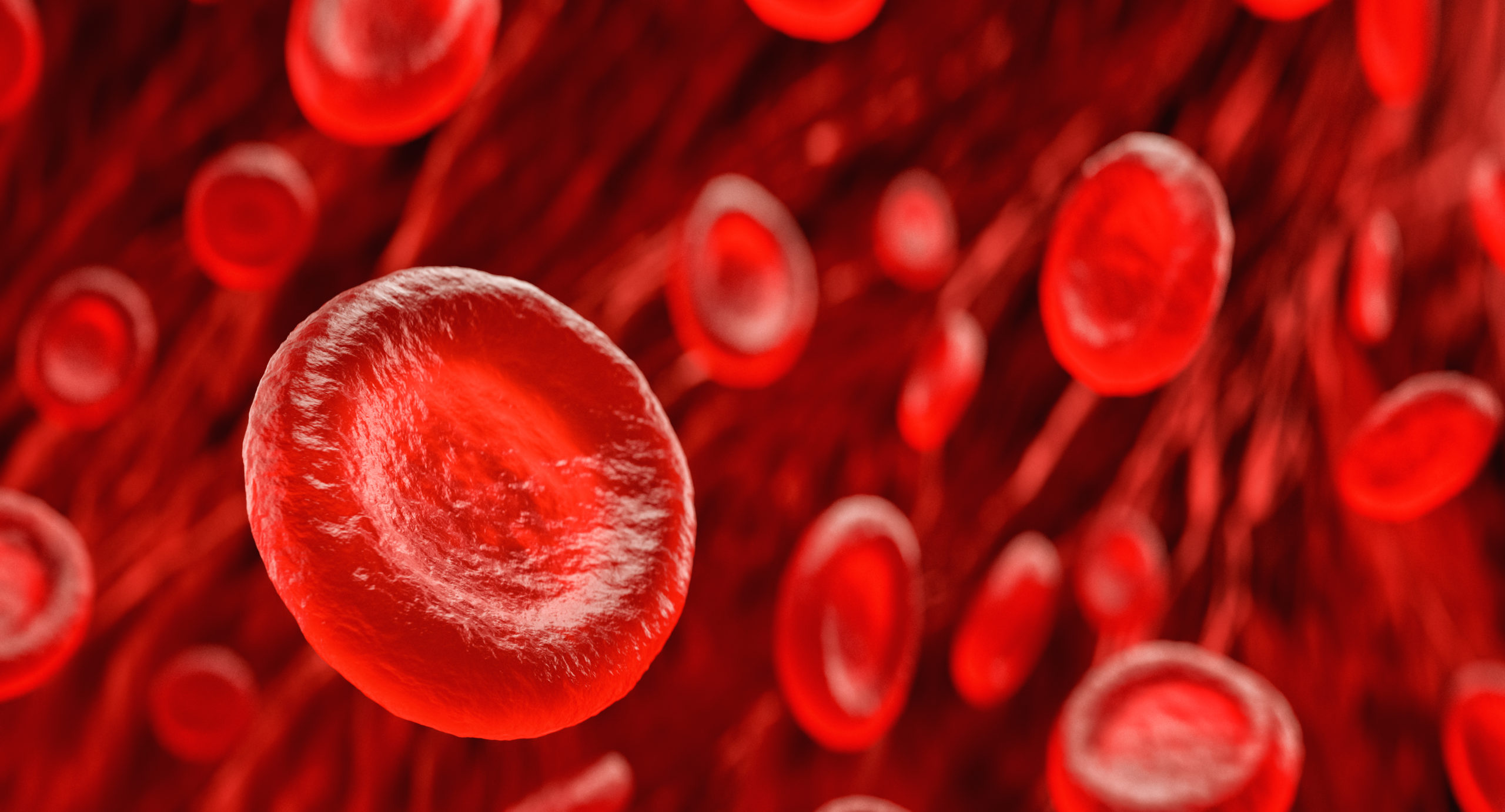
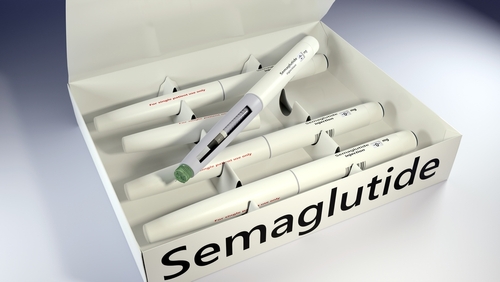
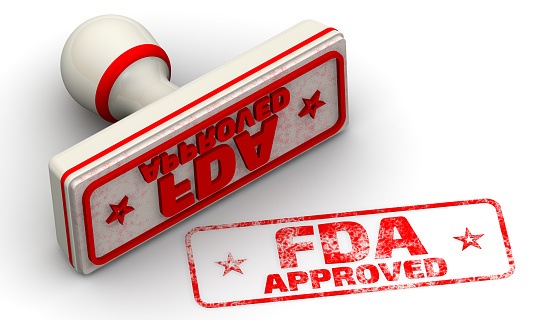

 © 2025 Mashup Media, LLC, a Formedics Property. All Rights Reserved.
© 2025 Mashup Media, LLC, a Formedics Property. All Rights Reserved.